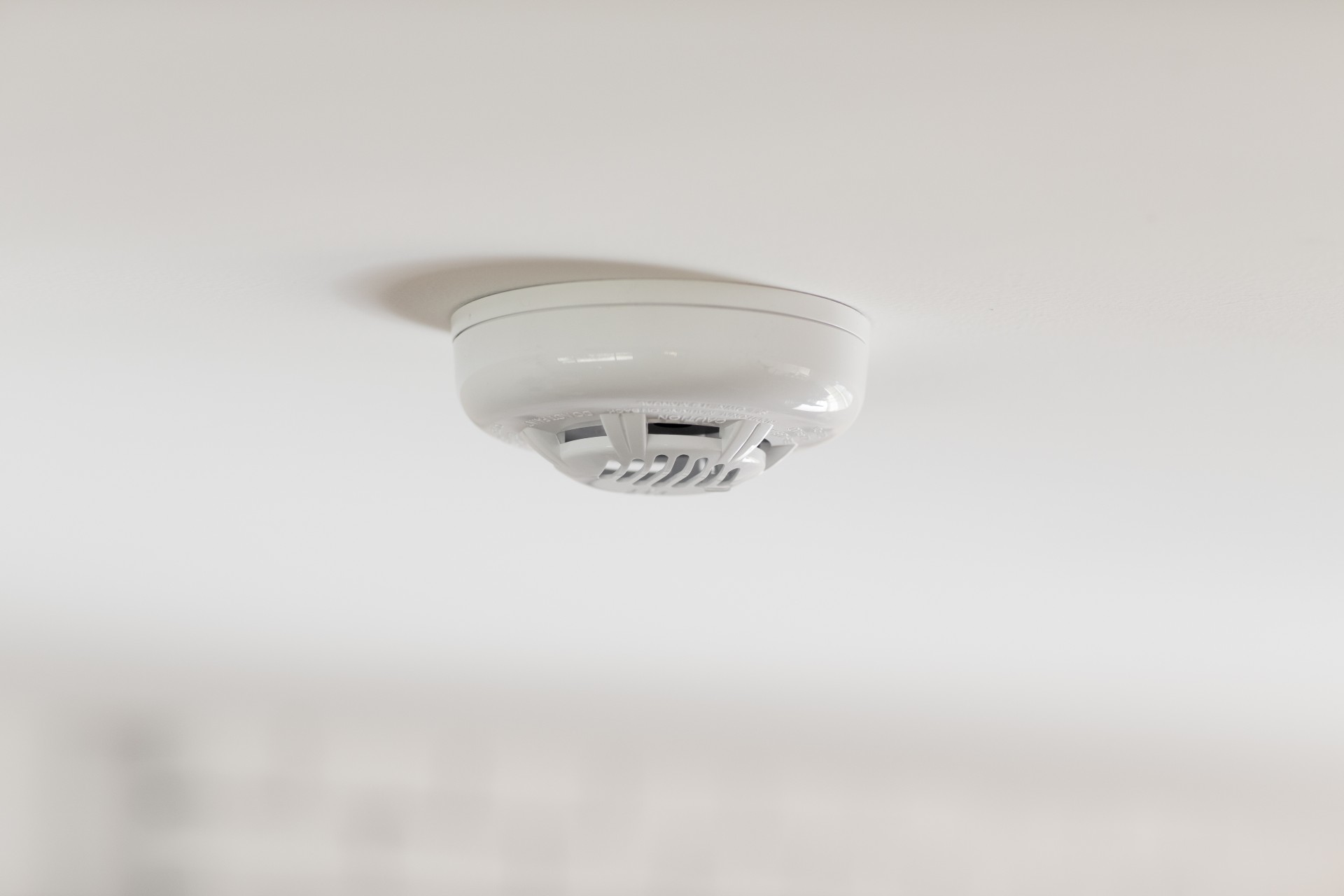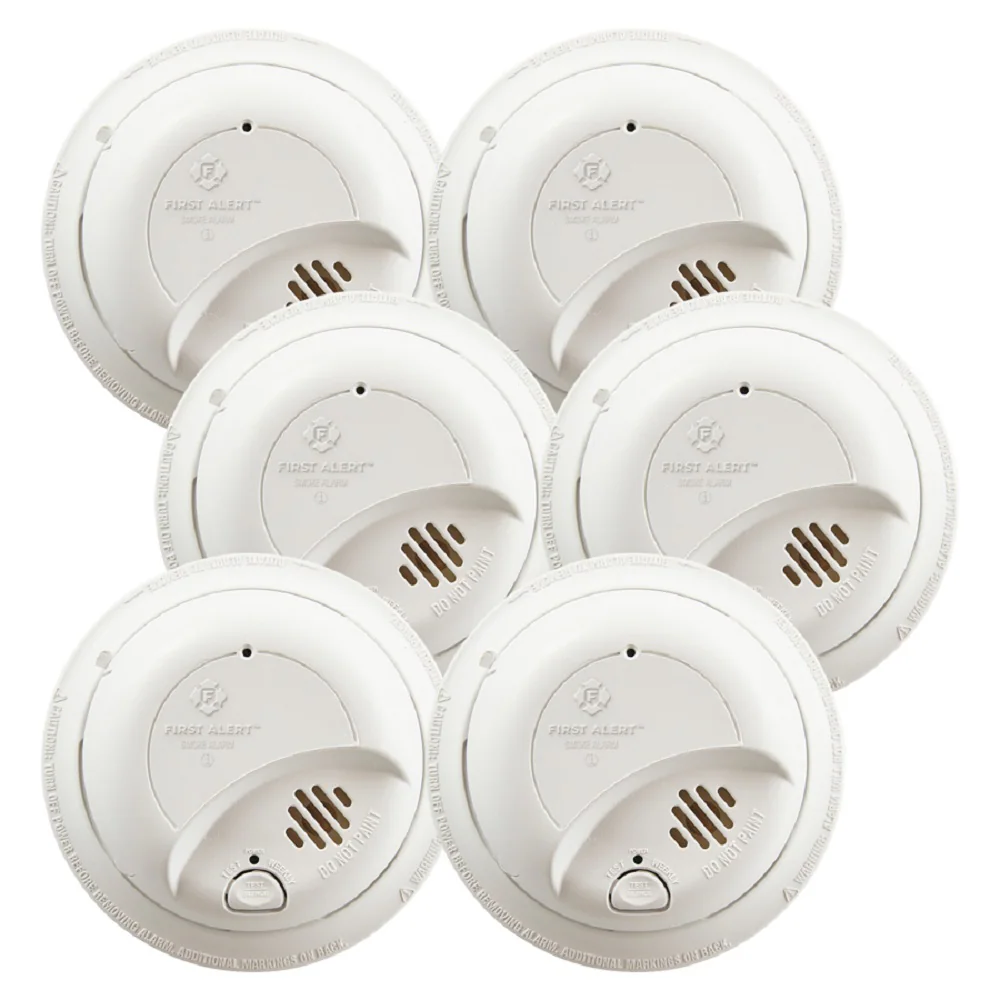I. Introduction
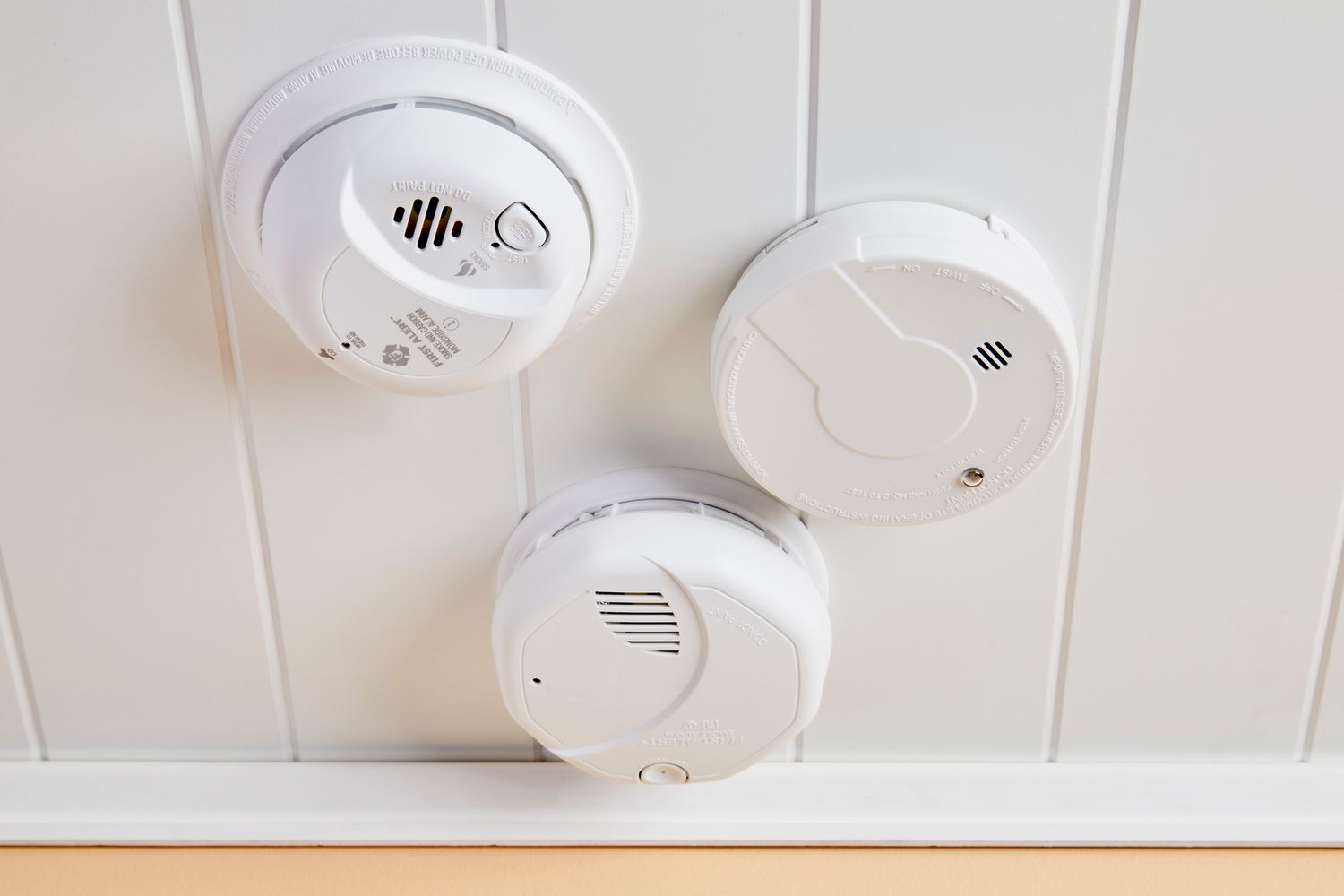
Home safety is of utmost importance, and having reliable smoke alarms and carbon monoxide alarms is essential for protecting ourselves and our loved ones. In this article, we will delve into the differences, functions, and importance of these alarms, focusing primarily on smoke alarms.
II. Understanding Smoke Alarms
A. Primary Purpose and Functionality
Smoke alarms are specifically designed to detect the presence of smoke in the air, providing an early warning of a potential fire. They are equipped with sensors that can detect smoke particles, triggering an alarm to alert the residents of a potential danger.
The primary purpose of smoke alarms is to save lives. By detecting smoke early on, they provide valuable time for people to evacuate safely, potentially preventing injuries or fatalities. Their functionality lies in their ability to sense smoke particles and emit a loud, piercing sound to grab attention and prompt immediate action.
B. Types of Smoke Alarms
There are various types of smoke alarms available in the market, each with its own set of advantages and disadvantages. The two most common types are ionization smoke alarms and photoelectric smoke alarms. Additionally, there are dual-sensor smoke alarms that combine the benefits of both types.
- Ionization Smoke Alarms
Ionization smoke alarms use a small amount of radioactive material to ionize the air inside the detector. When smoke particles enter the chamber, they disrupt the electrical current, triggering the alarm. These types of alarms are highly effective in detecting flaming fires characterized by fast-moving, visible flames.
However, ionization smoke alarms may have a slight delay in detecting slow, smoldering fires that produce less visible smoke. They can also be prone to false alarms from cooking or steam.
- Photoelectric Smoke Alarms
Photoelectric smoke alarms use a light source and a light sensor to detect smoke particles. When smoke enters the chamber, it scatters the light, causing it to hit the sensor and trigger the alarm. These alarms are particularly efficient in detecting smoldering fires that produce a lot of smoke before the flames become visible.
Photoelectric smoke alarms generally respond more quickly to smoldering fires than ionization alarms, but they may have a slower response to flaming fires. They are less likely to have false alarms from cooking or steam.
- Dual-Sensor Smoke Alarms
Dual-sensor smoke alarms combine both ionization and photoelectric technologies, offering a higher level of fire detection capabilities. They provide comprehensive coverage by detecting both fast and slow-burning fires, making them a popular choice for homeowners.
C. Placement and Installation Tips
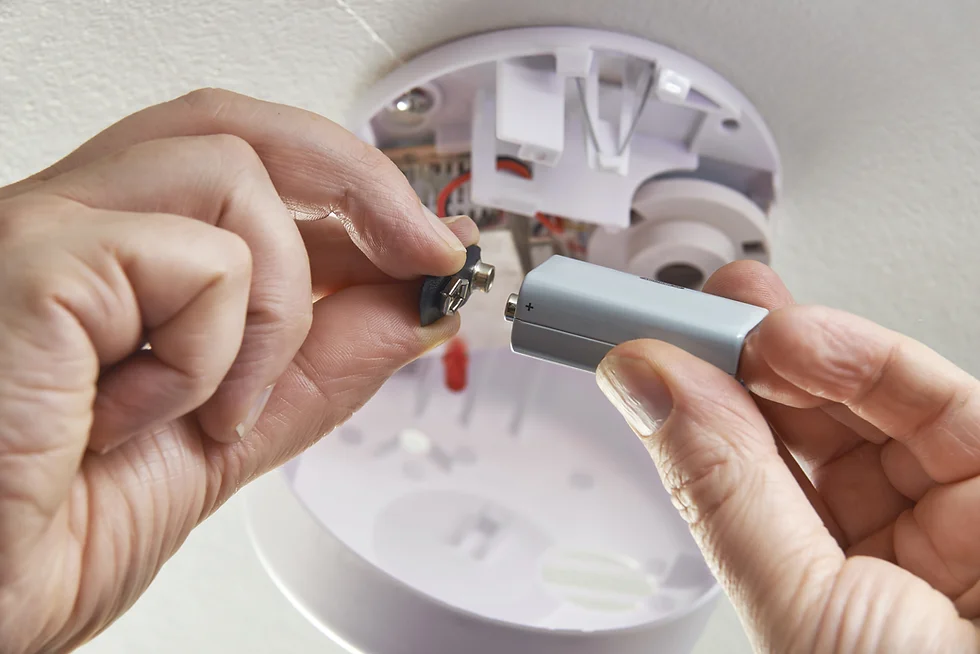
Proper placement and installation of smoke alarms are crucial to ensure optimal performance. Here are some tips to consider:
- Install smoke alarms on every level of your home, including the basement.
- Place smoke alarms inside each bedroom and outside sleeping areas.
- Install smoke alarms near kitchens and other cooking areas, but maintain a safe distance from cooking appliances to prevent false alarms.
- Mount smoke alarms high on the walls or ceilings, as smoke rises.
- Avoid installing smoke alarms near windows, doors, or ventilation systems, as drafts may affect their performance.
-
Test your smoke alarms regularly, ideally once a month, and replace batteries or units as needed.
III. Carbon Monoxide Alarms: Silent Killer Protection
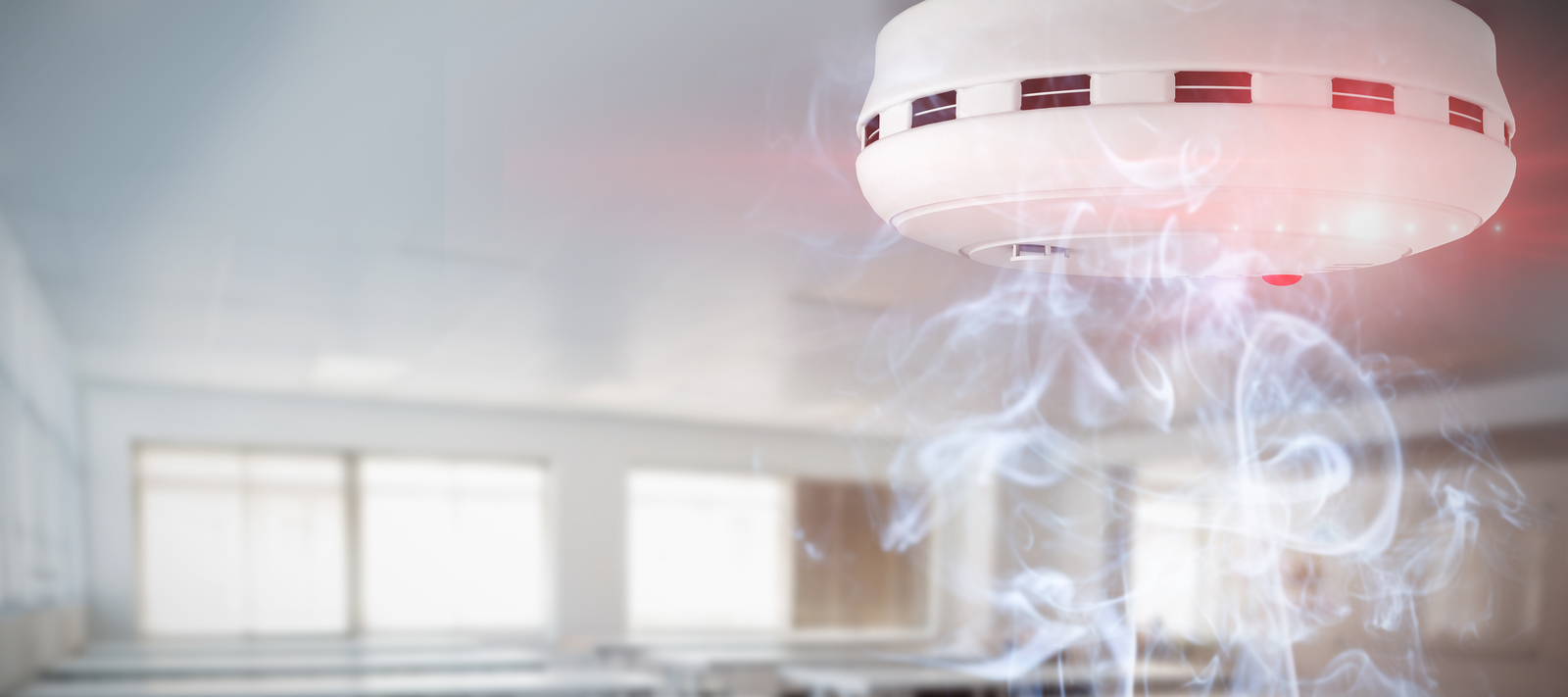
Carbon monoxide (CO) is a colorless, odorless, and tasteless gas that is toxic to humans and animals. It is produced by the incomplete combustion of fossil fuels such as coal, natural gas, and gasoline. Exposure to high levels of CO can be deadly, making the installation of carbon monoxide alarms in your home a crucial safety measure.
A. Understanding carbon monoxide (CO)
- Sources and dangers of CO poisoning CO can be released from various household appliances, including furnaces, water heaters, stoves, and gas dryers. Poorly maintained or malfunctioning equipment can lead to the accumulation of CO in indoor spaces. Breathing in high levels of CO can quickly lead to poisoning and can be fatal.
- Symptoms and risks associated with CO exposure CO poisoning symptoms can be confused with flu-like symptoms. They include headache, nausea, dizziness, confusion, weakness, and chest pain. Prolonged exposure or high levels of CO can cause brain damage, organ failure, and even death.
B. Functionality of carbon monoxide alarms
- Detection and alarm mechanisms Carbon monoxide alarms work by detecting the presence of CO in the air. They typically utilize electrochemical sensors or metal oxide sensors to sense the gas. When an alarm detects a certain level of CO, it triggers an audible alarm to alert occupants of potential danger.
- Differentiating between CO alarms and smoke alarms It is important to differentiate between CO alarms and smoke alarms as they serve different purposes. Smoke alarms are designed to detect smoke particles, indicating a potential fire. On the other hand, CO alarms are specifically designed to detect the presence of carbon monoxide gas.
C. Placement and installation tips
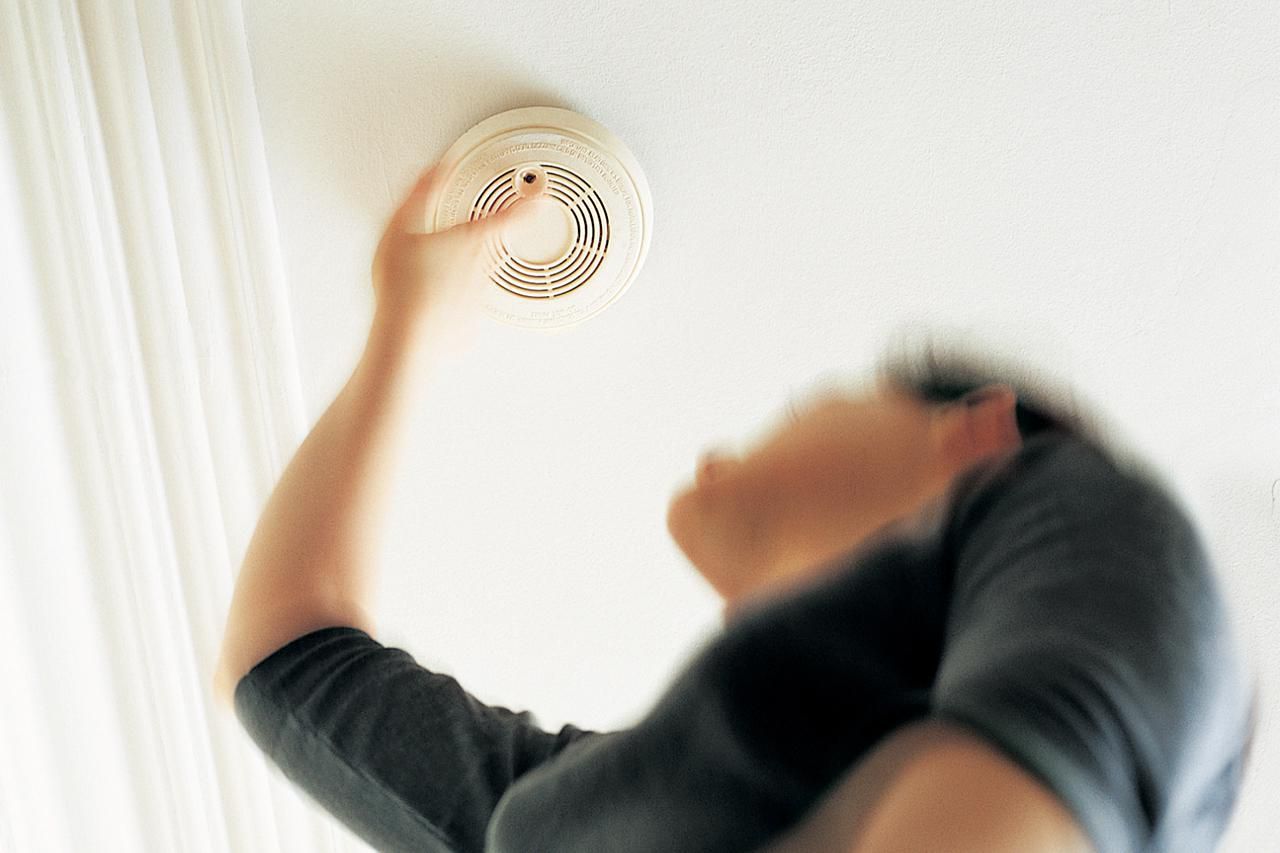
- Recommended locations for CO alarms CO alarms should be installed on every level of your home, including the basement and near sleeping areas. They should be placed at least 15 feet away from fuel-burning appliances to prevent false alarms. Additionally, it is advisable to install CO alarms near attached garages and in rooms with fireplaces or wood-burning stoves.
- Factors influencing the number of CO alarms required in a home The number of CO alarms needed in a home is dependent on its size and layout. At a minimum, there should be one CO alarm on every level. Additional alarms may be necessary if the home has multiple bedrooms or a sprawling layout.
IV. Unique Features and Considerations
A. Battery types and maintenance requirements
- Standard batteries vs. long-life sealed batteries Carbon monoxide alarms typically use either standard replaceable batteries or long-life sealed batteries. Standard batteries need to be replaced periodically, usually once or twice a year, while long-life sealed batteries last for the lifespan of the alarm, typically around 10 years.
- Regular testing and battery replacement guidelines To ensure proper functionality, carbon monoxide alarms should be tested regularly, usually once a month. When testing, follow the manufacturer’s guidelines. Batteries should also be replaced according to the manufacturer’s recommendations or when the low battery warning signal is activated.
B. Alarm sounds and warning signals
- Differentiating between smoke alarm and CO alarm sounds It is crucial to be able to differentiate between the sounds of a smoke alarm and a CO alarm. Familiarize yourself with the distinct sound patterns of each alarm to know which one is activated in case of an emergency.
- Understanding the meaning of different alarm patterns and signals CO alarms often have different alarm patterns and signals to indicate different levels of CO concentration. Familiarize yourself with the meaning of these patterns and signals to know when to take immediate action or evacuate the premises.
In conclusion, carbon monoxide alarms are essential for protecting yourself and your loved ones from the silent killer, carbon monoxide. Understanding the dangers of CO poisoning, the functionality of CO alarms, and proper placement and installation tips will ensure the effective and reliable detection of this poisonous gas. Additionally, being knowledgeable about battery types and maintenance requirements, as well as understanding alarm sounds and warning signals, will further enhance your safety measures.
